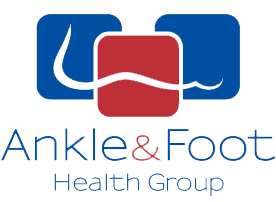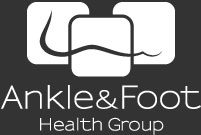Patellofemoral Pain
What is it?
Patellofemoral Pain Syndrome results from physical and biochemical changes in the patellofemoral joint. The patellofemoral joint involves the patella (knee cap), the quadriceps tendon and the patellofemoral groove in the femur (thigh bone).
What causes it?
The cause of patellofemoral pain is multi-factorial and includes overuse and overload of the knee, biomechanical problems, and muscle dysfunction or imbalance.
Signs and Symptoms
Signs and symptoms include anterior knee pain, pain worse during activity or after sitting for long periods, exacerbation of pain with steps, hills and uneven surfaces and more common in females than males.
How is it treated?
Treatment for patellofemoral pain involves a combination of activity modification, exercises to strengthen quadriceps, correction of biomechanical with footwear and orthotic therapy, ice and anti-inflammatory agents and strapping.
Osgood-Schlatters Disease
What is it?
Osgood-Schlatters disease is one of the most common overuse injuries of the knee, in adolescents. The tibia has a raised area just below the kneecap called the tibial tubercle. The tubercle has two important functions; it contributes to the growth of the leg and it is where the thigh muscle attaches to the tibia through the patella (kneecap) tendon.
Signs and Symptoms
Signs and symptoms include pain on knee extension against resistance, pain with running, jumping, kneeling, squatting, and swelling.
What causes it?
It occurs in association with high levels of activity during a period of rapid growth. It commonly occurs in girls of around 10-12 years and boys of around 13-15 years.
How is it treated?
Treatment for Osgood-Schlatters disease aims to diminish the severity or intensity of the pain and swelling through activity modification, correction of underlying biomechanical abnormalities, anti-inflammatory agents, and stretching/strengthening of the quadriceps.
Patellofemoral Pain
What is it?
Patellofemoral Pain Syndrome results from physical and biochemical changes in the patellofemoral joint. The patellofemoral joint involves the patella (knee cap), the quadriceps tendon and the patellofemoral groove in the femur (thigh bone).
What causes it?
The cause of patellofemoral pain is multi-factorial and includes overuse and overload of the knee, biomechanical problems, and muscle dysfunction or imbalance.
Signs and Symptoms
Signs and symptoms include anterior knee pain, pain worse during activity or after sitting for long periods, exacerbation of pain with steps, hills and uneven surfaces and more common in females than males.
How is it treated?
Treatment for patellofemoral pain involves a combination of activity modification, exercises to strengthen quadriceps, correction of biomechanical with footwear and orthotic therapy, ice and anti-inflammatory agents and strapping.
Osgood-Schlatters Disease
What is it?
Osgood-Schlatters disease is one of the most common overuse injuries of the knee, in adolescents. The tibia has a raised area just below the kneecap called the tibial tubercle. The tubercle has two important functions; it contributes to the growth of the leg and it is where the thigh muscle attaches to the tibia through the patella (kneecap) tendon.
Signs and Symptoms
Signs and symptoms include pain on knee extension against resistance, pain with running, jumping, kneeling, squatting, and swelling.
What causes it?
It occurs in association with high levels of activity during a period of rapid growth. It commonly occurs in girls of around 10-12 years and boys of around 13-15 years.
How is it treated?
Treatment for Osgood-Schlatters disease aims to diminish the severity or intensity of the pain and swelling through activity modification, correction of underlying biomechanical abnormalities, anti-inflammatory agents, and stretching/strengthening of the quadriceps.

